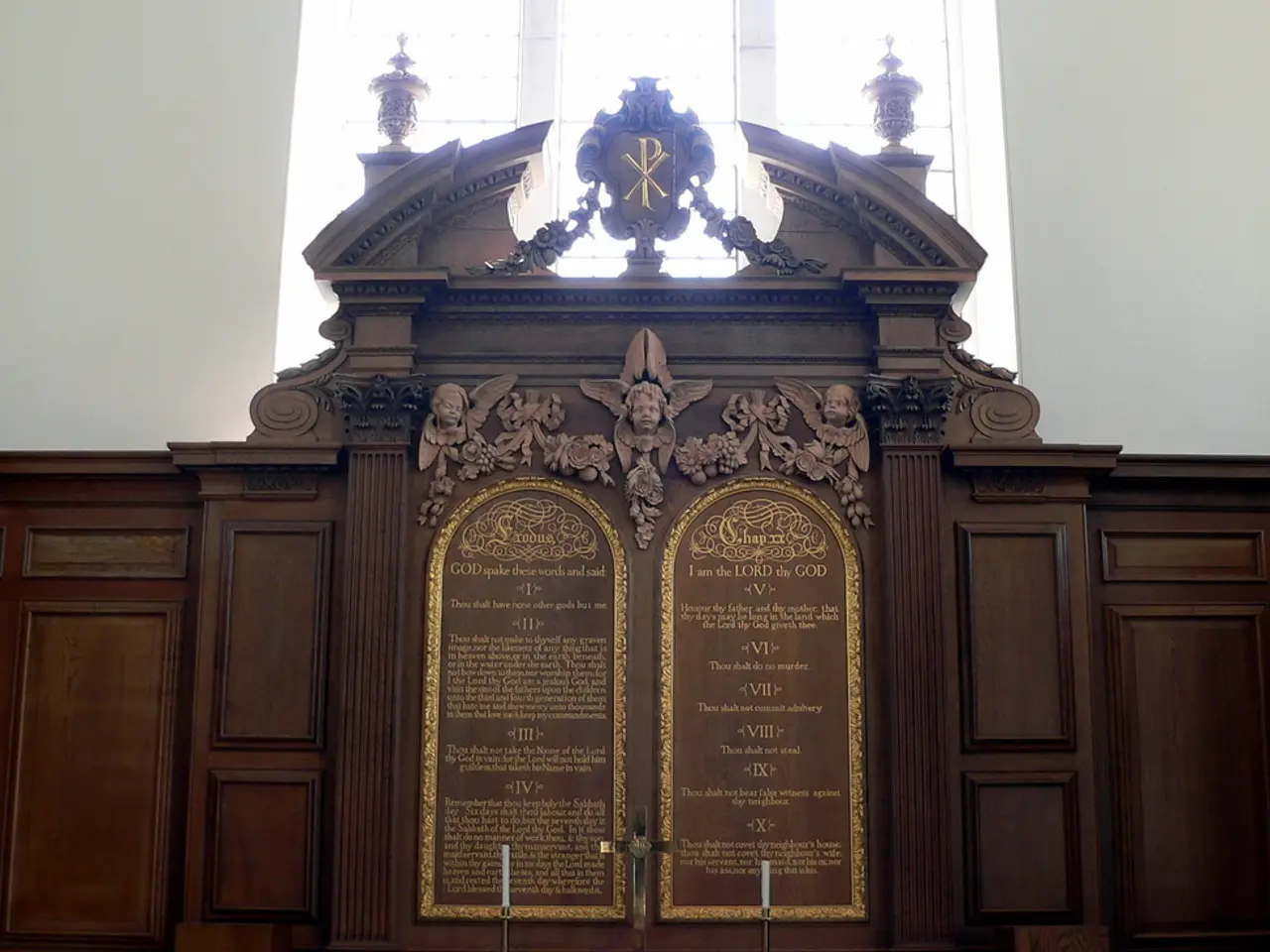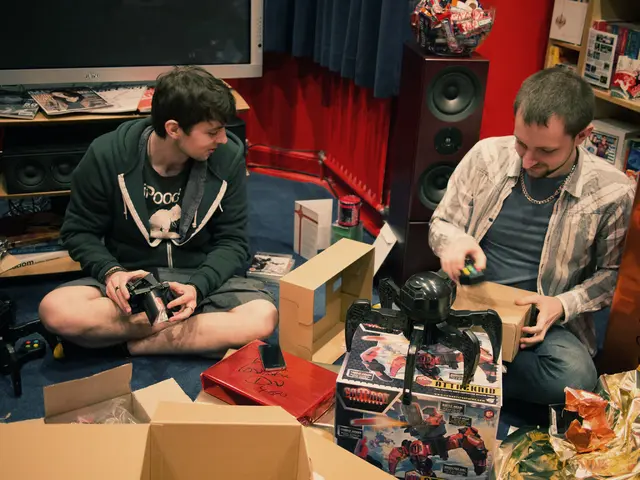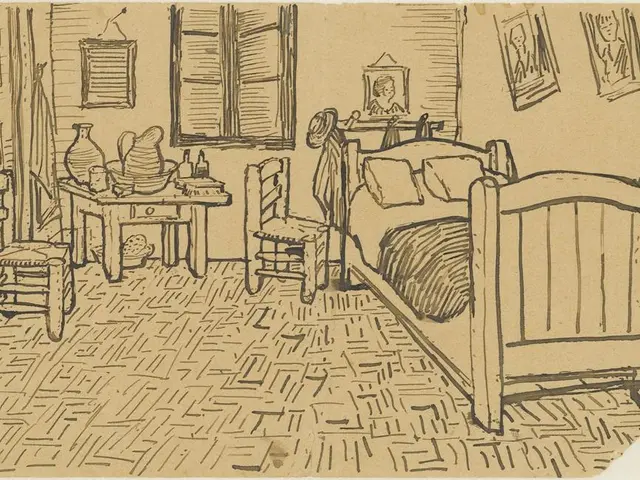Dedicated Volunteers Preserve and Cultivate Local Historical Records
In the picturesque town of Saint-André-Avellin, nestled by the Petite Nation River, stands a unique treasure trove of local history - the Musée des pionniers. This two-story wooden house, home to the museum, was born in 1992 and is kept operational by over sixty volunteers.
At the helm of these dedicated individuals is Lucie Lalonde, a septuagenarian and the head of the volunteers of the Société historique de Saint-André-Avellin. A former farmer and municipal councillor, Lalonde now spends her time classifying, preserving, interpreting, and exhibiting the museum's extensive collection of over 1000 objects from a bygone era of this region.
The museum houses various agricultural equipment, including a rake, sieve, stationary machine, and horse-drawn plow, offering a glimpse into the region's agricultural past. A wooden and metal washboard and a collection of rustic irons are also on display, reminding visitors of simpler times when such items were a common sight in homes. Lalonde fondly recalls her grandmother using a similar washboard on her stove.
The museum's exhibits are not limited to agricultural equipment. Sections dedicated to objects recovered from the village's cobbler shop, jewelry store, and general store can be found, showcasing everyday items from the past. A sumptuous cash register, a large Easter candle, a wooden confessional, and a dining room for notable figures with sets of 1920s dishes are just a few examples.
One of the museum's most notable possessions is a tall white wooden statue of an angel holding a child's hand. This statue, which used to stand on a pedestal in the middle of the Petite Nation River, is the museum's masterpiece. It was erected in gratitude after a village merchant, Théophile Corbeil, was saved from his capsizing boat.
However, many of the museum's possessions require restoration, especially the agricultural equipment. The museum manages to fund its maintenance and electricity bill with an annual grant of $15,000 from the Municipality of Saint-André-Avellin. During the summer season, the museum can hire two young people aged 30 and under thanks to the Canada Summer Jobs program.
The museum's volunteers work tirelessly to preserve local heritage. Four octogenarian women work every Wednesday in the museum's administrative offices, laminating posters for exhibitions and planning the next heritage walk. Ginette Labrosse, one of the volunteers, notes that what makes the society special is that they have many houses made of cement and differently colored bricks that make the corners of the houses. She gets involved for the pleasure of giving time and learning new things.
Although the museum does not receive any support from the provincial government, it is a testament to the power of community spirit and volunteer efforts in preserving local heritage. Similar museums can be found across Quebec, particularly in rural or less urbanized areas, where financial support is limited. These include community museums in small towns or regions like the Eastern Townships or Gaspésie, museums dedicated to Indigenous heritage, and historical village museums or local heritage interpretation centers.
For those interested in learning more about specific volunteer initiatives or underfunded museums in Quebec, additional targeted research or direct inquiry with Quebec heritage organizations or the provincial Ministry of Culture may be necessary.





